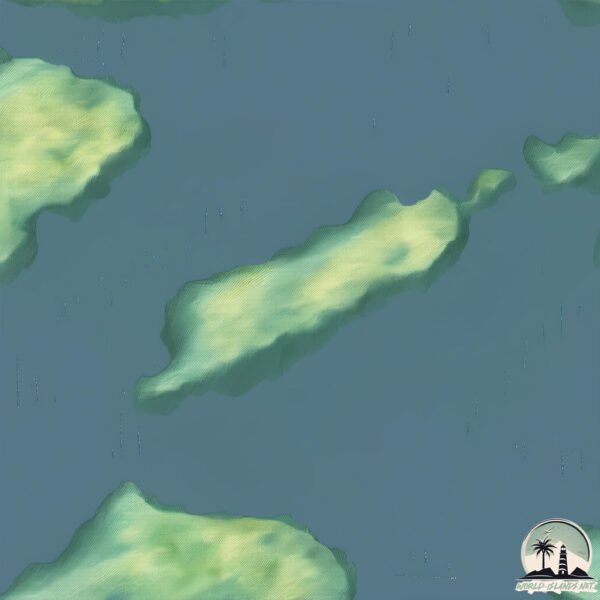Welcome to Gapoya , a Continental island in the Norwegian Sea, part of the majestic Arctic Ocean. This guide offers a comprehensive overview of what makes Gapoya unique – from its geography and climate to its population, infrastructure, and beyond. Dive into the details:
Geography and size of Gapoya
Size: 4.718 km²Coastline: 13.5 kmOcean: Arctic OceanSea: Norwegian SeaContinent: Europe
Gapoya is a Small Island spanning 4.7 km² with a coastline of 13.5 km.
Archipel: –
Tectonic Plate: Eurasia – One of the world’s largest tectonic plates, the Eurasian Plate covers a significant portion of Europe and Asia. It’s characterized by diverse geological features, including the Ural Mountains, the European Plain, and the Himalayas formed from its collision with the Indian Plate.
The geographic heart of the island is pinpointed at these coordinates:
Climate and weather of Gapoya
Climate Zone: ContinentalClimate Details: Subarctic ClimateTemperature: Cold Summer
Climate Characteristics: Characterized by long, extremely cold winters and short, cool summers, often found in northern latitudes of North America and Eurasia.
Topography and nature of Gapoya
Timezone: UTC+01:00Timezone places: Europe/ParisMax. Elevation: 229 m Mean Elevation: 122 mVegetation: Open WoodlandTree Coverage: 77%
The mean elevation is 122 m. The highest elevation on the island reaches approximately 229 meters above sea level. The island is characterized by Hills: Gently sloping landforms with rounded tops, having a maximum elevation between 200 and 500 meters. Hills contribute to a varied landscape on islands.
Dominating Vegetation: Open Woodland
Vegetation: 6 vegetation zones – Very Highly Diverse Island
Infrastructure and Travelling to Gapoya
Does the island have a public airport? no .
Does the island have a major port? no .
The mean population of Gapoya is 4 per km². Gapoya is Gently Populated. The island belongs to Norway .
Continuing your journey, Hinnoya is the next notable island, situated merely km away.
Andøy Gapøya Elgen med Grytøya i bakgrunn
Dronefilm filmet fra Bremnes ved Harstad.
Andøy Gapøya Elgen med Grytøya i bakgrunn
Dronefilm filmet fra Bremnes ved Harstad.
Dronefilm filmet fra Bremnes ved Harstad.
Gapøya - et Paradis i Nord
Skoleprosjekt , men også verdens fineste sted.
Skoleprosjekt , men også verdens fineste sted.
Como CONSEGUIR Objetos EXCLUSIVOS Y El LLAMATRON En FORTNITE CREATIVO(TUTORIAL)
En este video te enseño a conseguir en tu isla de creativo objetos que ...
En este video te enseño a conseguir en tu isla de creativo objetos que no estan en las galerias y prefabricados de Modo Creativo ...
Norway is classified as Developed region: nonG7: Developed economies outside of the Group of Seven, characterized by high income and advanced economic structures. The level of income is High income: OECD.
News – Latest Updates and Headlines from Gapoya
Stay informed with the most recent news and important headlines from Gapoya. Here’s a roundup of the latest developments.
Loading...
Please note: The data used here has been primarily extracted from satellite readings. Deviations from exact values may occur, particularly regarding the height of elevations and population density. Land area and coastline measurements refer to average values at mean high tide.

